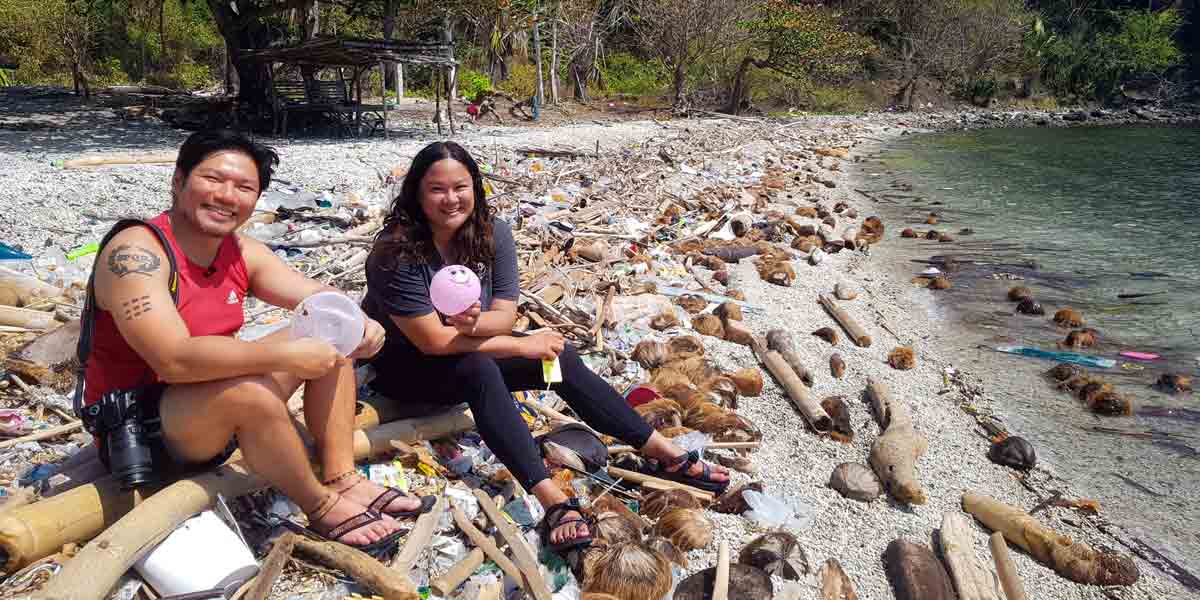By Herbert Vego
THERE was a time when I attended a seminar on foreign exchange or speculative trading of fluctuating currencies, basically pitting one currency against another.
The lecturer started “catching” the audience with the sad reality that keeping money in the bank does not beget more money because its miniscule interest – at most 0.15%percent per annum on savings accounts with an average daily balance of ₱25,000 – could not cover its loss to inflation. Investing in forex could also be risky, but one with winning chances.
It is essentially the process of buying and selling currencies pooled through a licensed broker with the aim of making a profit over time. The difference in price is where an investor may profit or lose.
So, if one invests in the US dollar market at today’s rate of ₱57.88 to a dollar over time and the price goes up to ₱60, he earns ₱2.12 per dollar. Whereas, if the peso gets stronger – say ₱55 against the dollar – he loses that amount.
So, no doubt dollar earners or their beneficiaries might wish for a weaker peso. That is plain and simple inflation, which seems favorable to families with dollar-earning breadwinners.
Unfortunately, however, it’s no good news in the long run. In reality, the gradual “increase” of the dollar over time has greatly diminished the buying power of our local currency.
During my childhood days in the early 1950s, one US dollar was equivalent to two pesos. I remember buying a piece of candy for one centavo.
In that era, the Philippines was the second most prosperous nation in Asia – second only to Japan. The minimum wage was only ₱120 per month, but it was worth much more than today’s ₱18,000.
In the 1960s, the Philippines was way ahead of Taiwan. One peso at that time was worth seven new Taiwan dollars (NT$). Today, the latter is stronger; one NT$ is worth ₱1.81
President Carlos P. Garcia – whose term covered the 1957-61 period – implemented his “Filipino First policy,” which restricted imports of products that were locally available and encouraged exports.
An Ilonggo entrepreneur responded to the challenge by setting up a canning industry, Lix Products, in Mandurriao, Iloilo City. It canned home-style pork and beef delicacies such as adobo, menudo, sarciado and mechado. Those products sold like hotcakes nationwide.
After Garcia came President Diosdado Macapagal, who imposed “de-control” – a policy that pegged price ceilings on basic commodities, thus minimizing monetary inflation.
The imposition of martial rule by President Ferdinand Marcos in 1972 coincided with the global oil crisis which, coupled with the scarcity of rice, caused sudden increases in prices.
The assassination of Senator Benigno “Ninoy” Aquino in 1983 further drove the peso weaker from ₱7 to P ₱13 against the dollar. That started the downtrend.
The People Power or EDSA Revolution that restored democracy in 1986 and installed the widowed Cory Aquino to the presidency, unfortunately, did not live up to its promise of economic rebound.
We started to lag behind South Korea. You see, South Korea had relied heavily on foreign assistance for survival. However, realizing that dependence on richer countries was also stalling their growth, they marshaled their technocrats for the development of industrial zones. Today, South Korea exports locally-built cars and heavy equipment.
In contrast, our politicians and economic managers still look forward to more foreign loans and dole-outs to keep our economy afloat.
Hundreds of thousands of Filipinos – whether skilled or unskilled – still have to work abroad to ensure a comfortable life for their loved ones.
It is ironic that in our country known for rich natural resources, we now import rice. What could be more ironic than selling fertile rice farms to subdivision developers?





















